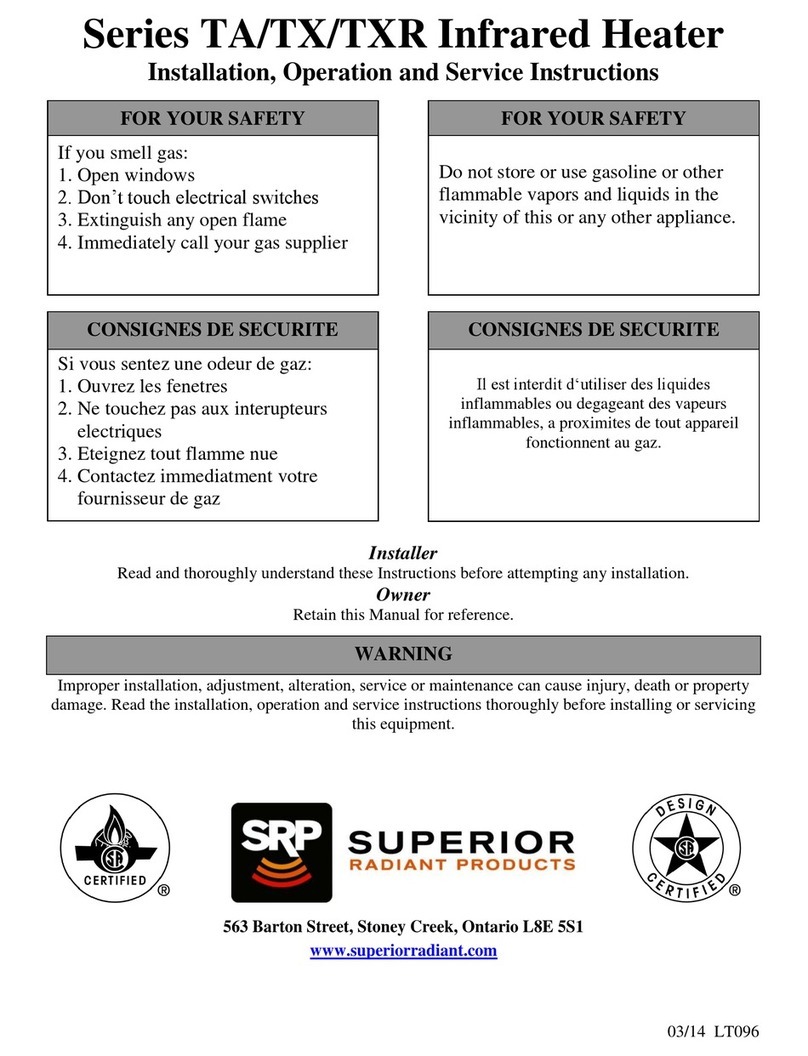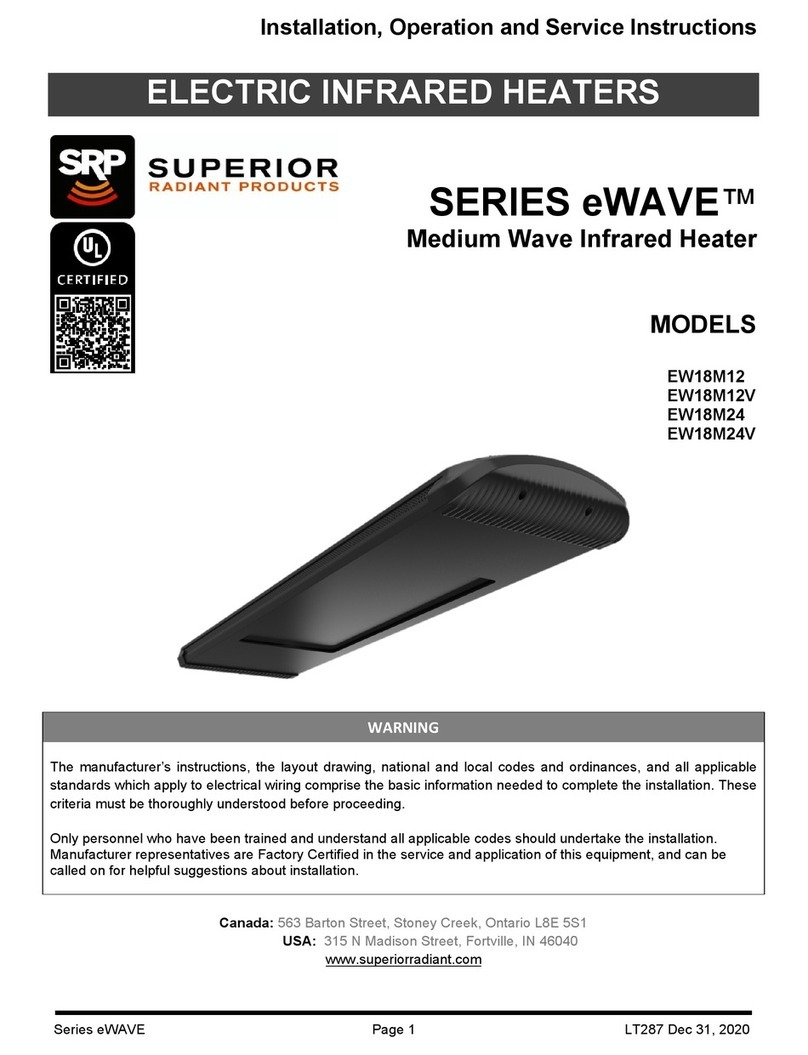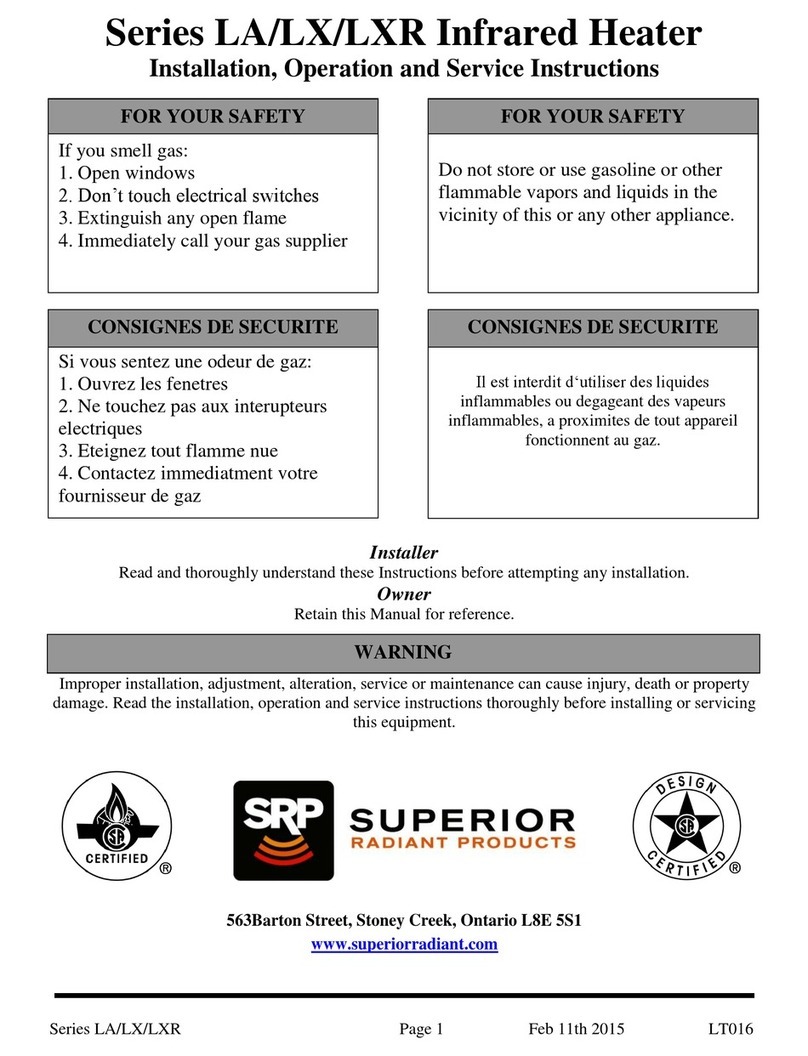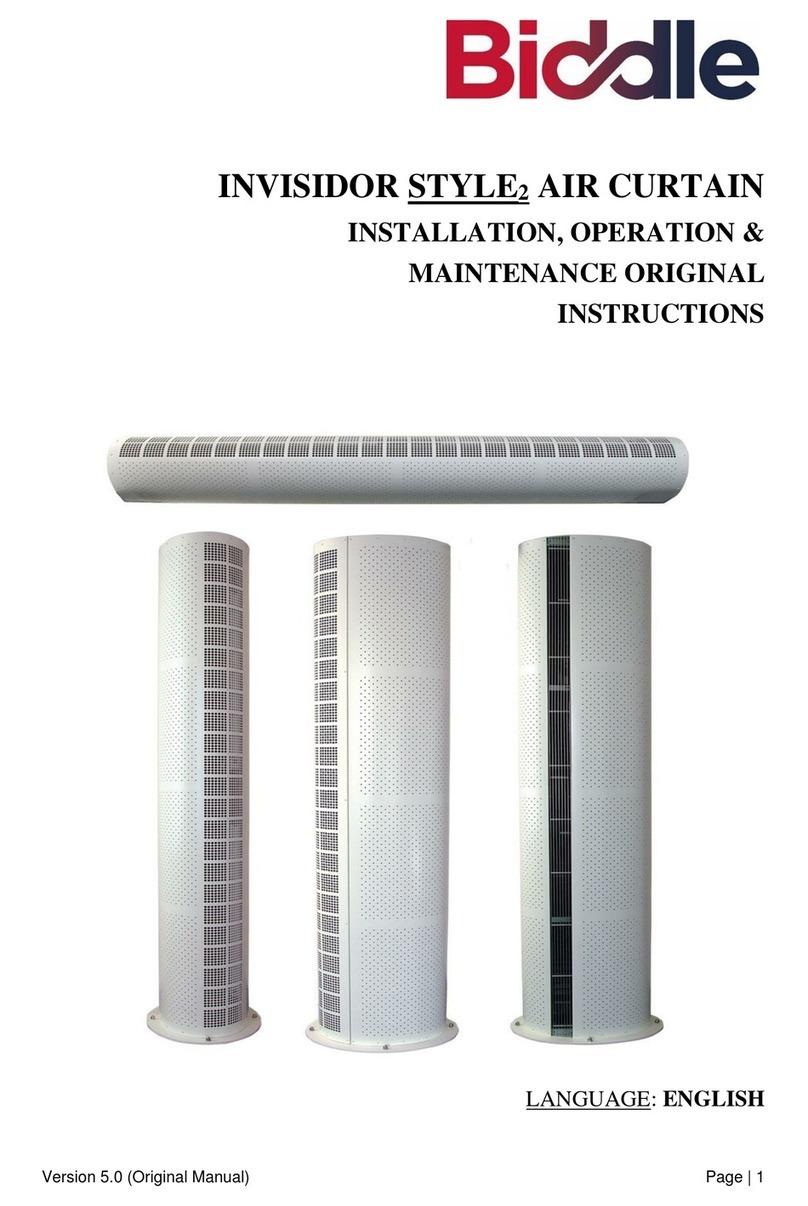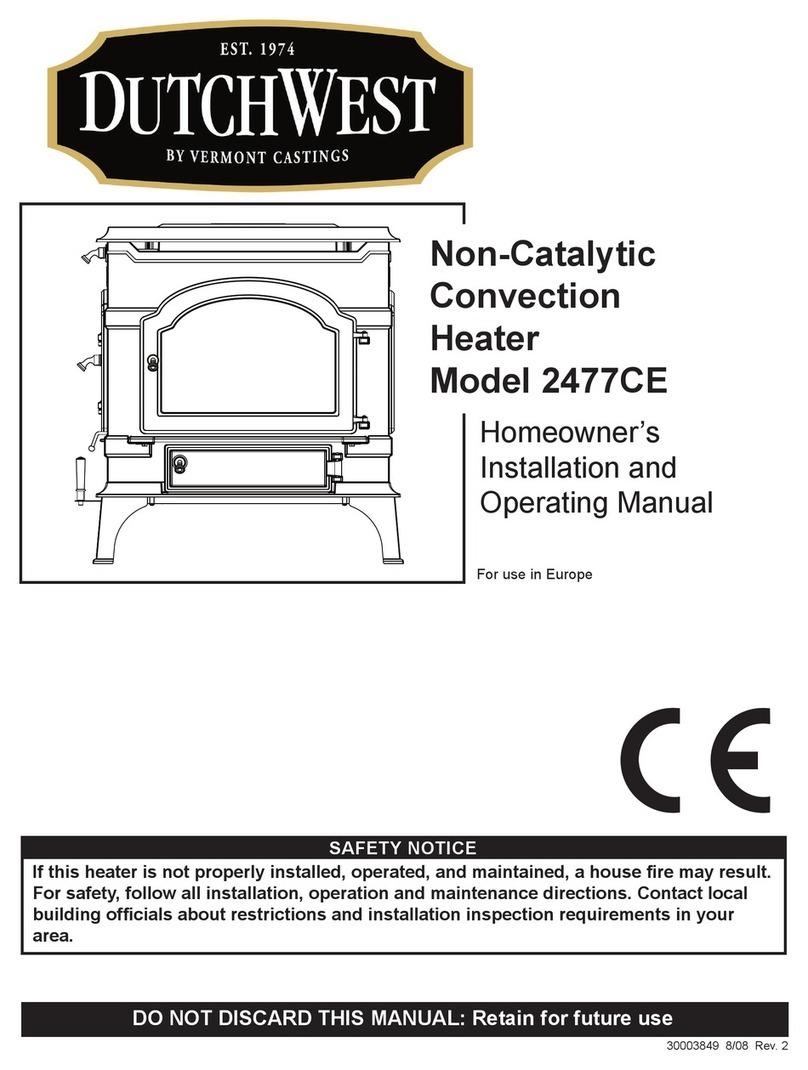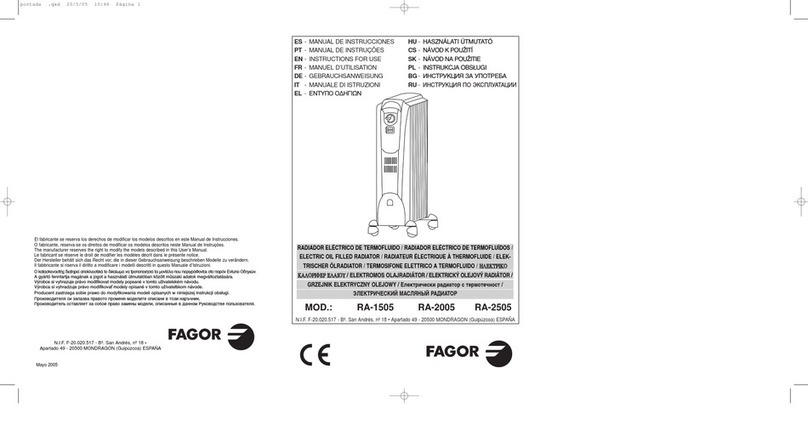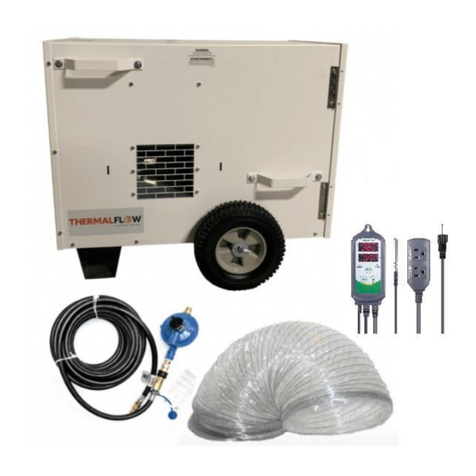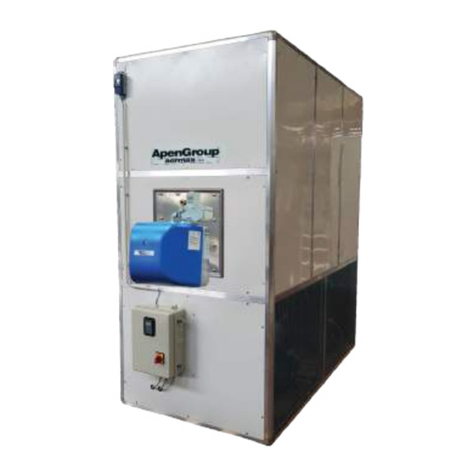
Series THE Page 3 LT194 Feb 2017
CONTENTS
INTRODUCTION..................................................................................................................................................................4
INSTALLATIONCODES......................................................................................................................................................................4
GENERALSPECIFICATIONS..................................................................................................................................................5
DIMENSIONALCHARTS.......................................................................................................................................................6
CONFIGURATION...............................................................................................................................................................6
PACKAGINGCONTENTS......................................................................................................................................................7
GENERALASSEMBLY.......................................................................................................................................................................8
BURNERBOXANDHEATEXCHANGER.................................................................................................................................................8
CLEARANCETOCOMBUSTIBLES..........................................................................................................................................9
HANGERSINSTALLATIONANDHEATERSUSPENSION.........................................................................................................10
VENTING&COMBUSTIONAIR...........................................................................................................................................11
GENERALREQUIREMENTS..............................................................................................................................................................11
POLYPROPYLENEVENTSYSTEM........................................................................................................................................................11
GENERALRULESFORVENTTERMINALS..............................................................................................................................................12
CONDENSATIONMANAGEMENT.......................................................................................................................................................12
UN‐VENTEDOPERATION...............................................................................................................................................................12
COMBUSTIONAIRSUPPLY(OPTIONAL).............................................................................................................................................12
VENTINGCONFIGURATIONS............................................................................................................................................................13
GASPIPING.......................................................................................................................................................................15
ELECTRICALWIRING..........................................................................................................................................................15
WIRINGDIAGRAM........................................................................................................................................................................15
HIGHLIMITCONTROLS..................................................................................................................................................................16
IGNITIONCONTROLMODULEERRORCODE.........................................................................................................................................16
BURNEROPERATION.........................................................................................................................................................17
STARTINGSEQUENCEOFOPERATION................................................................................................................................................17
MAINTENANCE............................................................................................................................................................................17
ASSEMBLYINSTRUCTIONSSEQUENCE...............................................................................................................................18
ASSEMBLYPREPARATION................................................................................................................................................................19
TUBES,HANGINGBRACKETSANDBAFFLESASSEMBLY...........................................................................................................................19
REFLECTORSASSEMBLY..................................................................................................................................................................21
CANOPYANDENDCAPSASSEMBLY....................................................................................................................................................23
BURNERBOX,HEATEXCHANGERINSTALLATION...................................................................................................................................25
GASANDVENTINSTALLATION.........................................................................................................................................................25
INSTALLATIONCHECKLIST.................................................................................................................................................26
TROUBLESHOOTING..........................................................................................................................................................27
TROUBLESHOOTINGCHART............................................................................................................................................................28
REPLACEMENTPARTS.......................................................................................................................................................29
WARRANTY.......................................................................................................................................................................30




